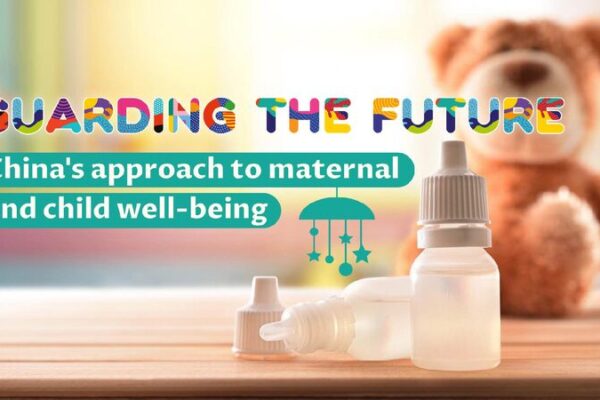As the world rapidly evolves, the Chinese mainland’s education system is stepping up to cultivate innovative talents to meet the future needs of society. By integrating technology and creativity into the curriculum, Chinese schools are encouraging students to think critically and solve complex problems.
One way Chinese education fosters innovation is through project-based learning, where students work on real-world challenges that require collaboration and inventive thinking. This hands-on approach helps students apply theoretical knowledge to practical situations, preparing them for the demands of the modern workforce.
Beyond academic excellence, Chinese schools are increasingly focusing on students’ mental health and emotional development. Schools now offer counseling services and mental health education, promoting a supportive environment where students can openly discuss their feelings and concerns. Extracurricular activities, such as sports and arts programs, also play a significant role in nurturing well-rounded individuals.
Compulsory education in China starts at the age of six, covering nine years of primary and junior secondary education. This foundational period is crucial in shaping young minds, providing them with the knowledge and skills necessary to succeed in higher education and beyond.
By prioritizing both innovation and well-being, China’s education system aims to equip students with the tools they need to thrive in a rapidly changing world.
Reference(s):
Ask China: How does Chinese education cultivate innovative talents?
cgtn.com








